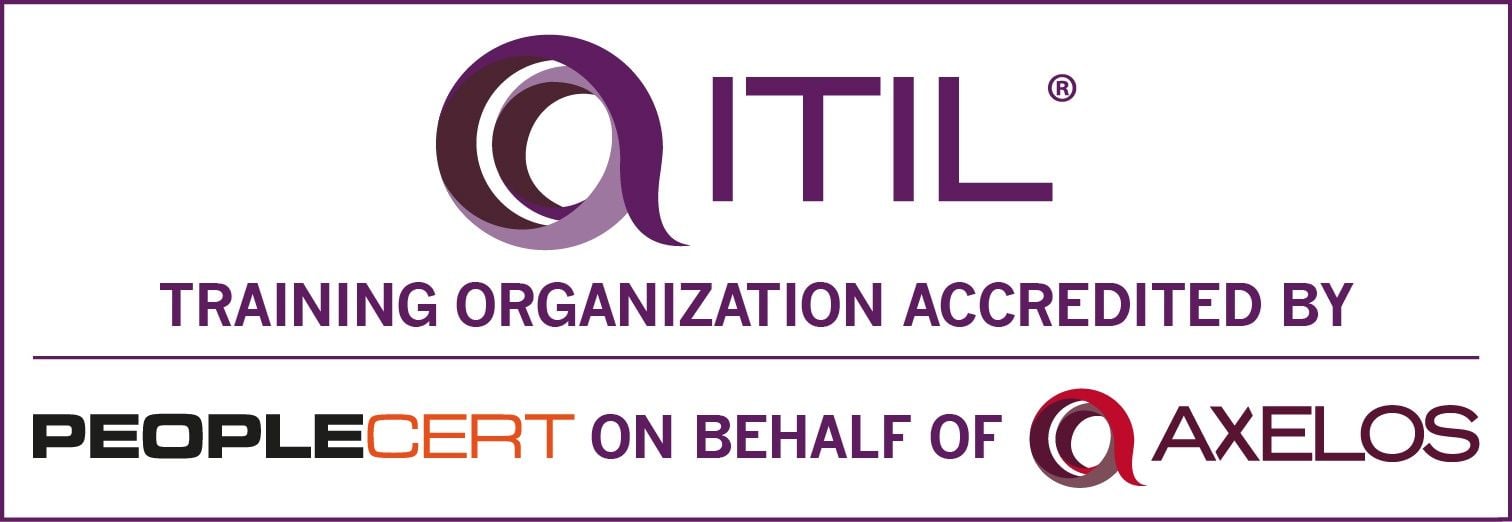5 Ways to Optimize Your IT Help Desk Workflow
A primer or reminder on the ways you can help your employees or customers get what they need more quickly and efficiently.
Customer service's ultimate goal is to satisfy people at every level. However, it’s challenging to do so when your team doesn’t have the right tools for the job. About 27% of respondents in a Statista report feel that “lack of effectiveness” is the top cause of customer service frustration.
To do a job well, you need an optimized IT help desk workflow that helps your team perform tasks more efficiently.
What Is an Optimized IT Help Desk Workflow?
An optimized help desk workflow can be the basis of customer support success. Agents use IT help desks for various tasks, including handling customer requests, communication, building reports and tracking problem statuses. When these actions aren’t interconnected, errors can cause your customer service to go haywire. Support teams may have to manage increased ticket volumes, and callers may have to settle for slow wait times for responses.
Hubspot Research shows that 90% of customers find “immediate” response times are “very important” when they have a question for the customer support team. That’s why a streamlined workflow is necessary. An optimized help desk ensures every stage makes a cumbersome process seamless, and that can enhance your overall productivity.
An IT help desk is your primary point of contact for customers, so creating an efficient workflow management system will facilitate problem-solving promptly. Here are some best practices to consider to streamline your workflow management process.
Automate Workflow Processes
Manual processes are notorious for driving inconsistent workflow and decreasing productivity. In contrast, automated help desks can reduce time constraints and assist your agents in an enhanced setting.
For instance, you can automate workflow processes with a ticket management system by:
- Automating ticket assignment processes
- Labeling tickets and prioritization
- Setting emails and notifications
- Creating tickets accordingly with keywords
You also can implement workflow automation using a ticket management system to reduce time and improve efficiency.
Create Service Level Agreements
Service level agreements (SLAs) are documented agreements between the business and its customers that mention the number and quality of services offered. In other words, SLAs are a collection of promises a business makes to its customers. Establishing a reasonable SLA is critical for your company. It allows customer support reps to manage requests while adhering to the agreement. SLAs work as goals for your team, creating a more efficient help desk workflow in the long run.
Build a Tiered-Support Structure
After automating your ticket assignment process, you can optimize how your help desk supports customers. For instance, ticket escalation can rise quickly when an agent can't resolve a specific issue. This problem could be due to the unavailability of resources, inexperience, and/or the severity of the case.
Once you set up your IT help desk to automatically assign tickets, your next step is to route inbound tickets to the right agents. A good solution for this is to use skill-based routing. Implementing a tiered-support structure allows requests to be resolved or escalated to higher tiers. For example, a tier-one support agent may be able to reset a user's password. Meanwhile, a tier-four support agent can fix a cloud migration issue.
Other ways you can improve ticket escalation include:
- Avoiding ticket escalation by quickly resolving ones that have been escalated
- Improving your team’s skills and filling knowledge gaps with training
- Regularly evaluating escalated tickets and determining whether you can avoid them in the future
- Encouraging strong communication among different tiers of your customer support team
Build and Update Internal Knowledge Base
Sometimes your support agents may get stuck in the process when helping with a new customer issue. They could have trouble looking for the right solution.
Training an agent on every procedure isn’t possible if this happens in your business. Companies have numerous processes, and taking the time to prepare for every one of them isn’t resourceful. Therefore, your company should consider building an internal knowledge base. Having this on hand can allow your team members to help themselves when crunched for time.
Some of the best practices to consider when creating a knowledge base are as follows:
- Making the user experience simple to allow your agents to access helpful information
- Updating it regularly by auditing content in your knowledge base
- Showing your team how to use the knowledge base with a quick training session
- Asking agents for feedback on what to include or avoid in the knowledge base
- Ensuring agents can share the files with other agents
Customize Your Workflow
Keep your help desk system workflow streamlined by customizing it. You can easily tailor it to your agent’s needs by:
- Using prebuilt email templates or creating your own
- Grouping agents into different teams or departments and assigning them various roles
- Branding certain elements within your ticketing system
- Setting up terms and labels for tickets based on type of client or buying behavior
Help desk workflow adjustments can make all the difference for your business and its customer support team. Ensuring everything is operating at peak efficiency helps complete more tasks in less time.
Remember, it helps to establish realistic expectations in your SLAs and automate manual processes. Ensure you use these best practices to create a good help desk workflow so your team can provide quality service to customers.

)
)
)
)
)
)
)
)
)
